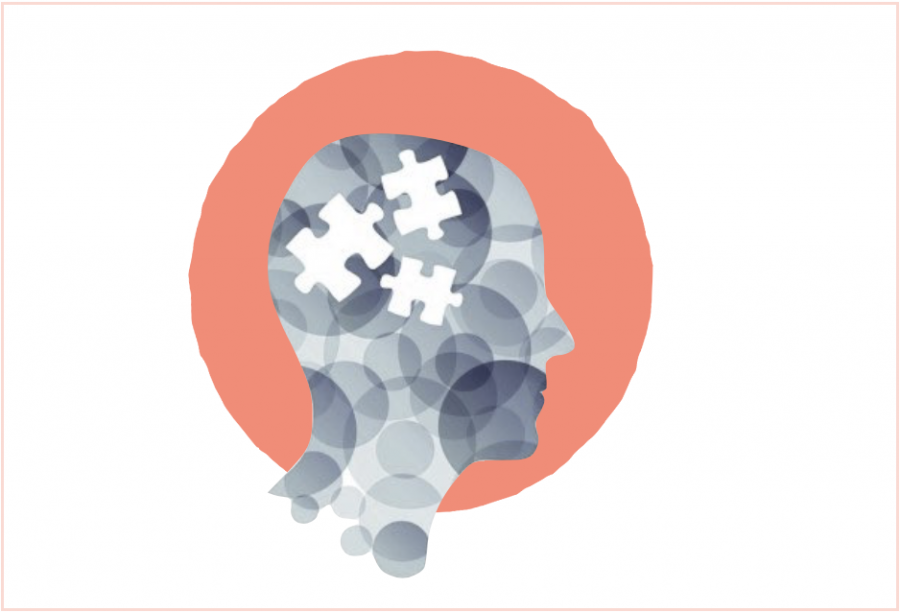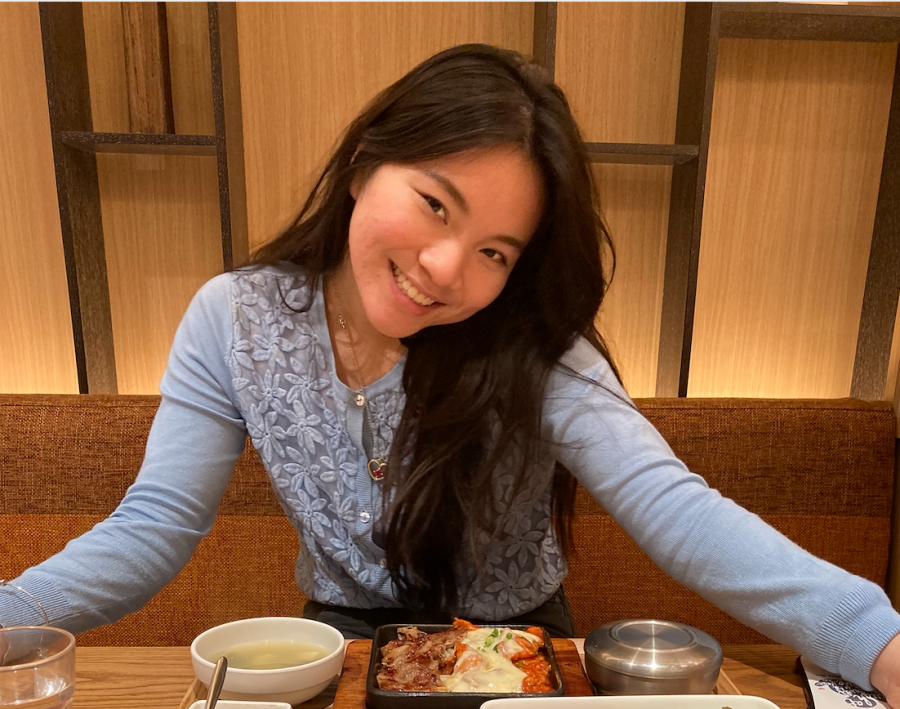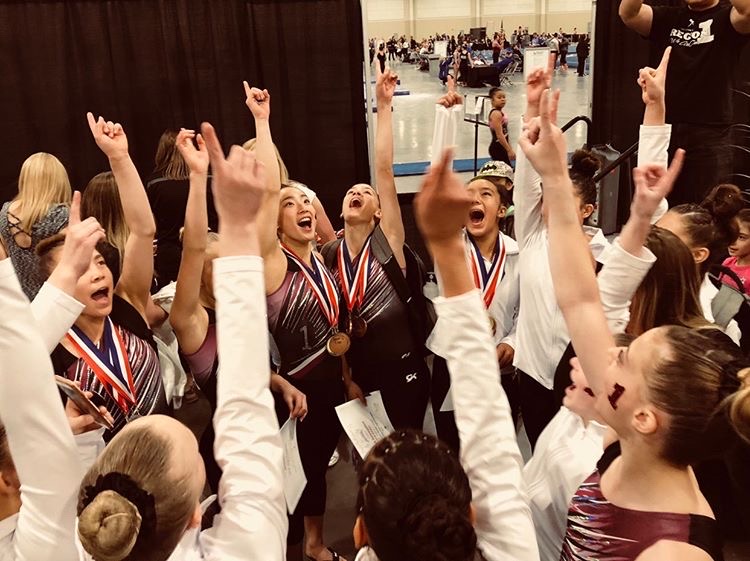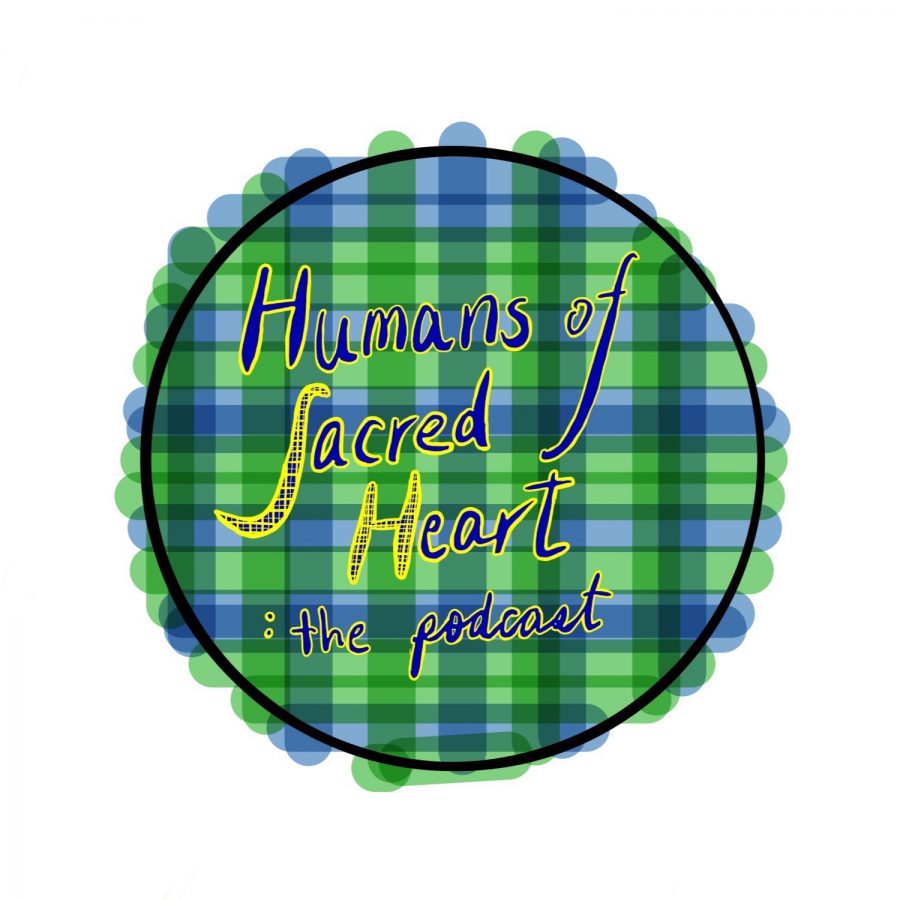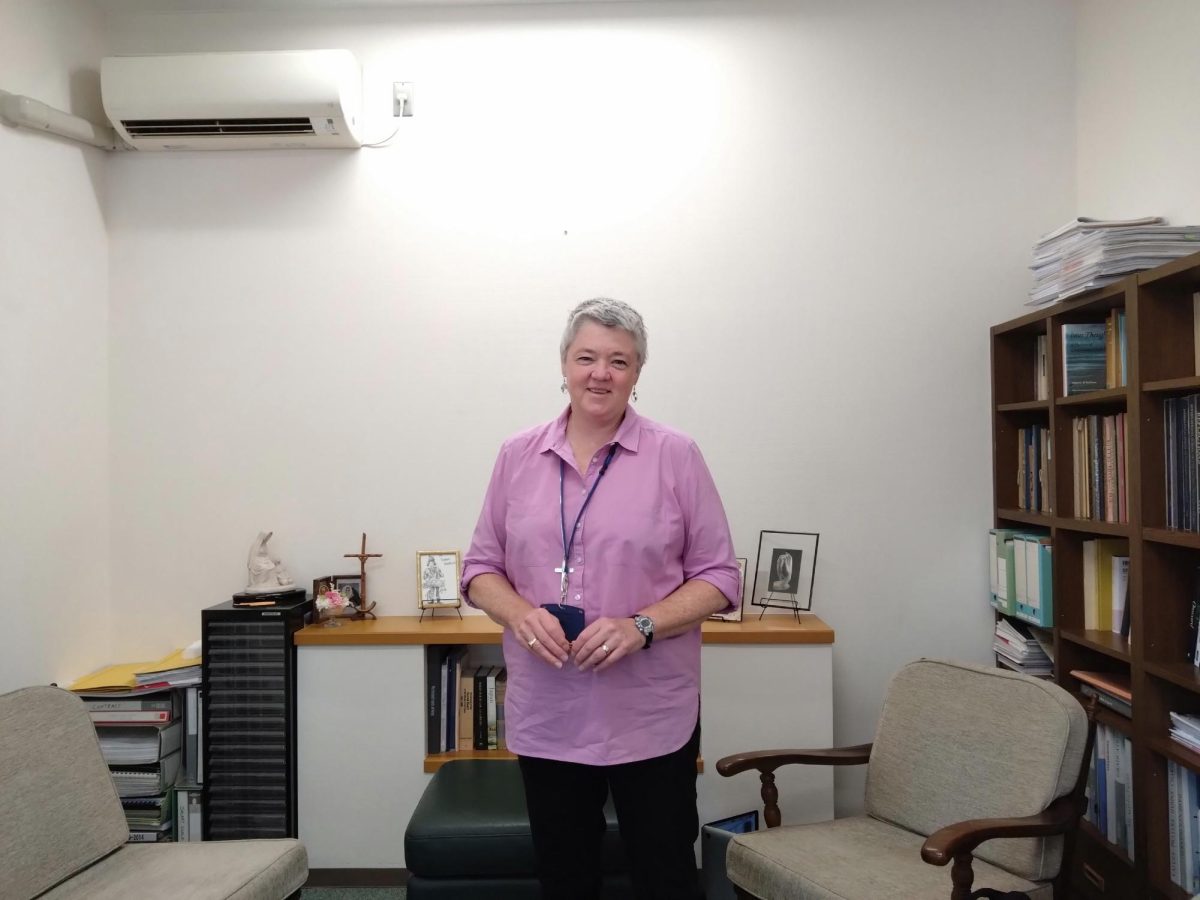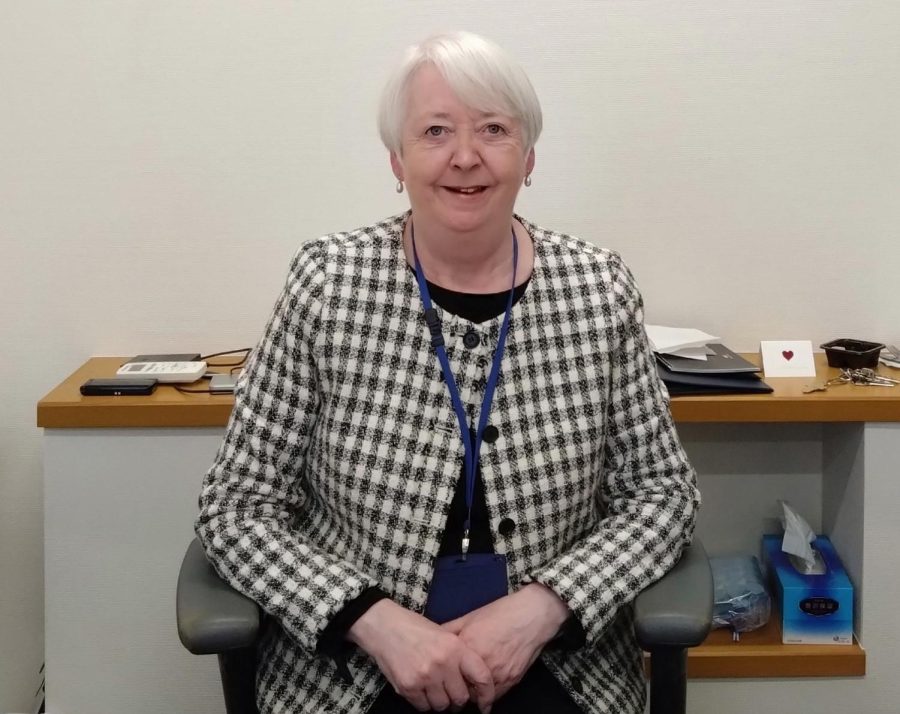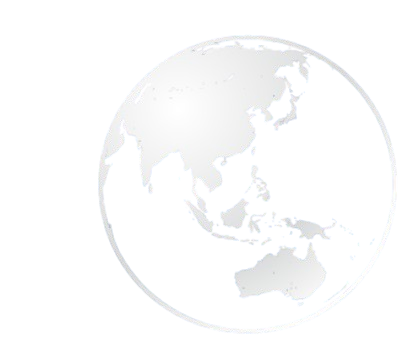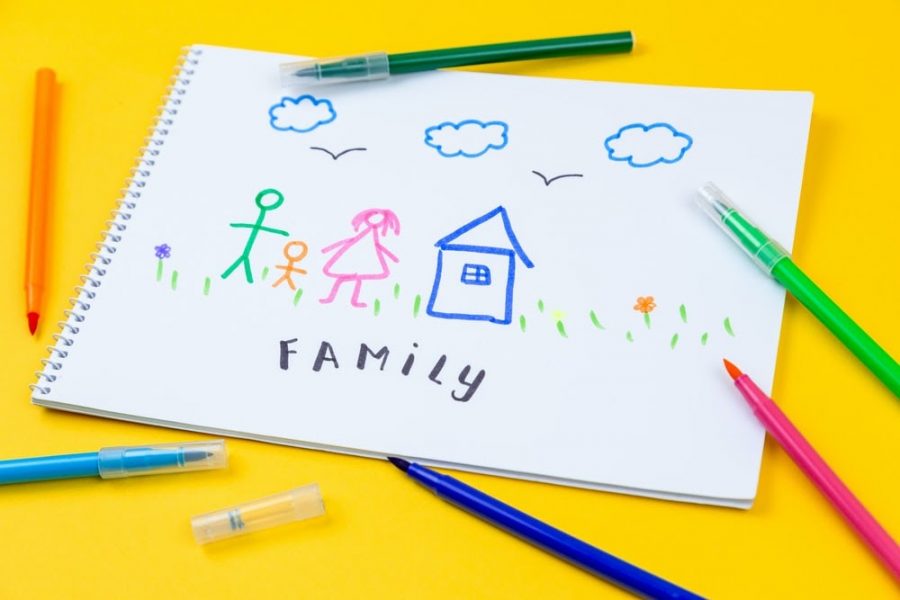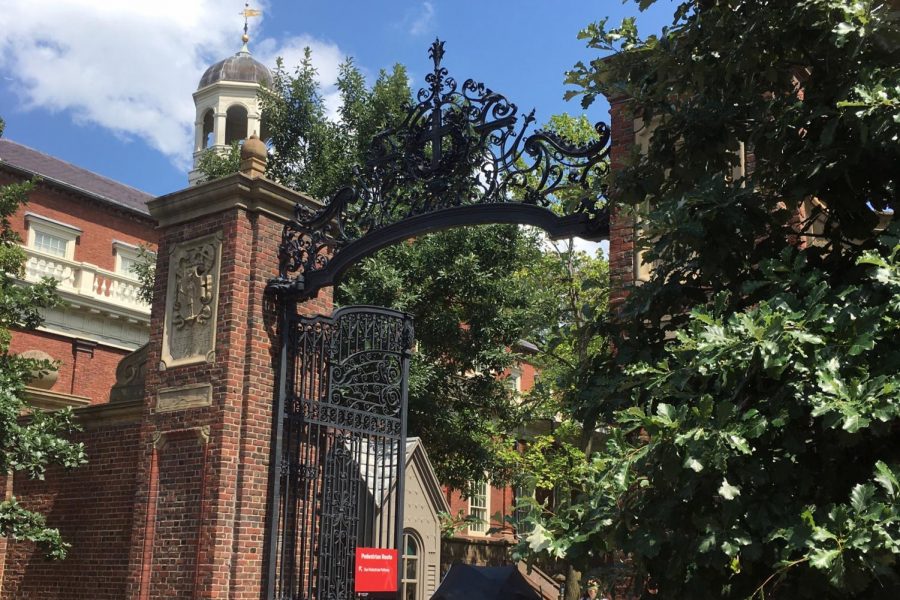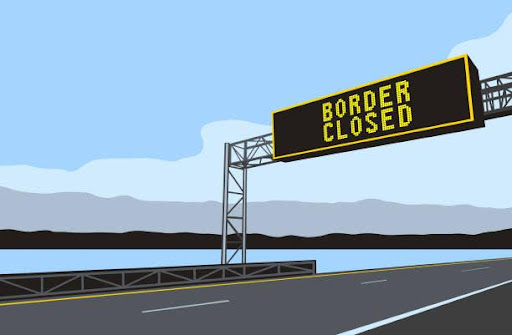Recently with queer representation in mainstream media such as “Heartstopper” and “Love, Simon”, the issue of queer representation has been at the forefront of many debates. GLAAD Media Institute reports on its annual “Where We Are on TV”, that there were 569 LGBTQ+ characters in media in 2022-2023. This is an increase compared to 35 LGBTQ+ characters just ten years ago, in 2012-2013.
These trends have started allowing more representation, and consequently more conversations about LGBTQ+ issues to occur. However, these are just statistics. The one thing that truly matters is the quality of these characters: What these characters represent and how complex they are.
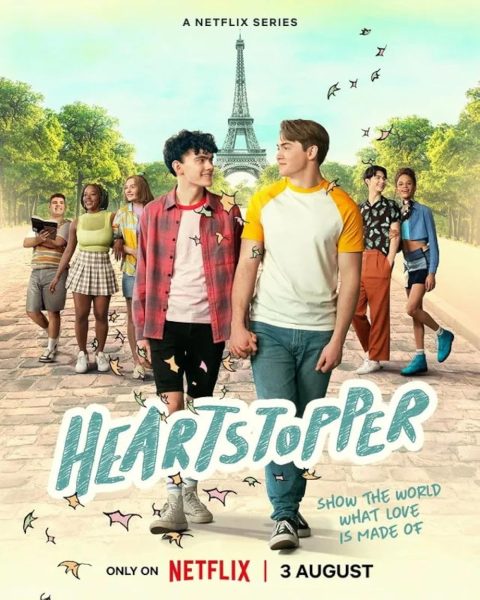
(Netflix: Heartstopper)
According to the 2014 article, “Is the media representing homosexuals?” written by Yasmin B. for the International, it seems as though, in 2014, the tokenism and stereotyping of people who are queer in the media were common. With shows like “Friends” where the transgender characters are only present to be the butt of the joke, or the token gay best friend Ian from “Mean Girls”, representation in the media had queerphobic implications. However, recently, we have seen a rise in representative media such as “Red, White and Royal Blue”, where an emotional connection between Prince Henry and Alex Diaz was developed while consecutively dealing with social stigma and other responsibilities. Another example is seen in “Love, Victor”, where the main character Victor explores his sexuality while navigating through his own self-discovery and social stigma. These characters, rather than just being there for “diversity”, are based on stories of queer characters and illustrate the complex relationships with their identities, representing fewer surface-level characters in media today. These complex characters not only aid LGBTQ+ youth to feel validated and represented, but also allow the audience to humanise queer characters, subsequently humanising queer identities.
This is not limited to queer-focused media, but is also seen in shows such as “Sex Education” on Netflix, and “Wheel of Time ” on Prime TV. The shows, though not necessarily about queer identities, illustrate complex and multi-layered LGBTQ+ characters, who are not just there as “comic relief” or “diversity”.
In 2023, incorrect queer representation is called out more often. Shows such as “Riverdale” and “Supernatural”, which have been ridiculed for tokenism and queerbaiting and have been called out by the audience and even cast members. In short, it is harder to get away with checking diversity boxes than it was ten years ago.
As we have seen, quantitatively queer representation in media is better than it ever was; however, within this representation we do not see a lot of diversity. Most of these shows focus on the mlm (men-love-men) and wlw (women-love-women) relationships, representation of other LGBT identities still being low.
Part of the reason these shows are more popular is the oversexualisation of these characters. Throughout history, we have seen the hypersexualisation of queer characters in the media. Unfortunately, this trend still exists today. Many stories of wlw relationships, such as “First Kill” are more focused on the sexual aspect of their relationship, oftentimes failing to provide the emotional aspects. Even though the normalisation of the sexual aspects of queer relationships is important, the problem is the lack of non-hypersexualised media.
This hyper-sexualization has led to an increase in mlm and wlw content; however, representation of different gender identities and other sexualities is still low. With only 32 out of the 596 characters being trans and only eight characters being part of the asexual spectrum there is a clear distinction between the representation of different types of identities.
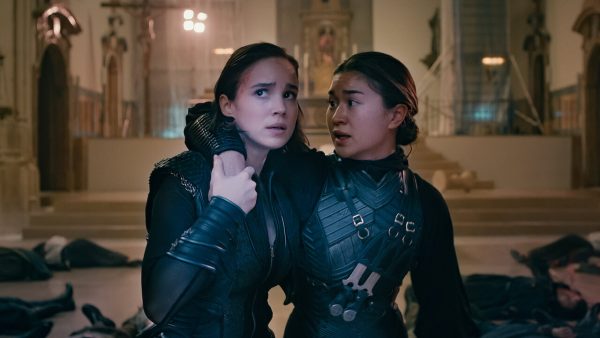
Another trend that has been seen in the last year is the cancellation of queer shows. In GLAAD’s study of 569 queer characters, around 25% will not be returning due to series cancellation. These include 54 LGBTQ+ inclusive shows, just in the last year, not including ones from the year before or due to characters leaving the show. As a Forbes article states, Netflix does blame low completion rate for the cancellation of TV shows. Although Netflix does not publicaly show completion rate data, “Warrior Nun’s” 99% audience score on Rotten Tomatoes” and its spot in the top ten series for three weeks seems to indicate the presence of other forces. Other cancelled series include, “First Kill”, “Grease: Rise of the Pink Ladies” and “Willow”.
The cancellations may be just a coincidence due to the availability of media online, however, this rapid pattern of cancellations is detrimental to the inclusivity in media. As GLAAD states in their report, one of the issues with this rampant cancellation “is that many of the series getting cut are LGBTQ+ inclusive programs, leaving a large demographic of viewers constantly searching for new programs only for them to ultimately be cancelled before a satisfying conclusion.” With LGBTQ+ inclusive series already being a minority within mainstream media, cancellation of 25% of the LGBTQ+ characters leads to the audiences of these media having even less representation.
Overall, although queer representation is at an all-time high, and we are seeing more multi-layered complex queer characters in media today, there is still a need to continue advocating for better and widespread representation.







































